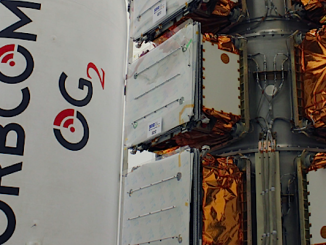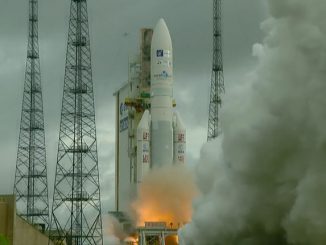SpaceX’s Falcon 9 rocket is set for liftoff from Cape Canaveral on Sunday, heading due south over the Atlantic Ocean on a trajectory hugging the east coast of Florida to deliver 143 small satellites into polar orbit.
The 229-foot-tall (70-meter) rocket is poised for launch from pad 40 at Cape Canaveral Air Force Station in Florida during a 22-minute launch window Sunday opening at 10 a.m. EST (1500 GMT).
The mission is a first-of-its-kind rideshare launch managed by SpaceX. There are 143 small satellites on-board — a record number of payloads for a single launch — from U.S. and international customers, including government and commercial operators. SpaceX calls the mission Transporter-1.
The Falcon 9 rocket’s second stage will perform two engine burns to place the 143 satellites into a near-circular sun-synchronous orbit at an altitude of 326 miles (525 kilometers), with an inclination of about 97.5 degrees to the equator.
The Falcon 9 first stage booster — designated B1058 — set to loft the Transporter-1 payloads has flown on four previous missions, beginning with the May 30 launch of NASA astronauts Doug Hurley and Bob Behnken on the first test flight of SpaceX’s Crew Dragon spacecraft with people on-board.
It also launched last year with the South Korean Anasis 2 military communications satellite, a SpaceX Starlink mission, and a Dragon cargo mission to the International Space Station in December.
The timeline below outlines the launch sequence for the Falcon 9 flight on the Transporter-1 mission.
Data source: SpaceX
T-0:00:00: Liftoff
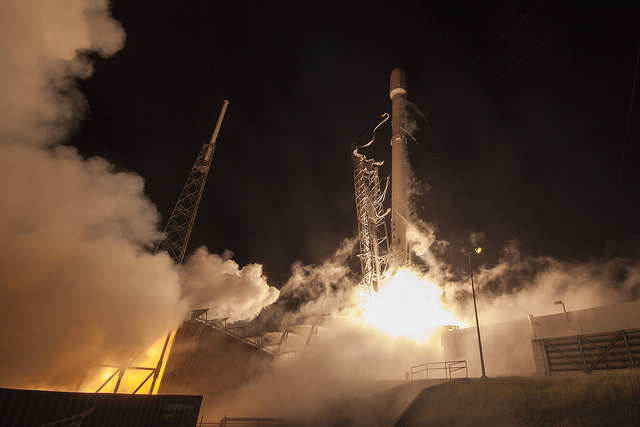
T+0:01:00: Mach 1
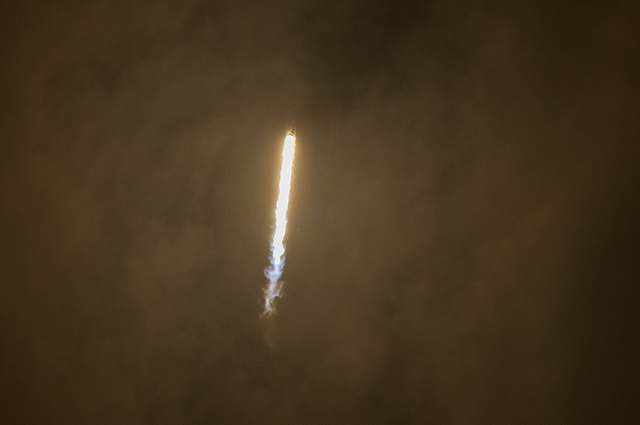
T+0:01:12: Max Q
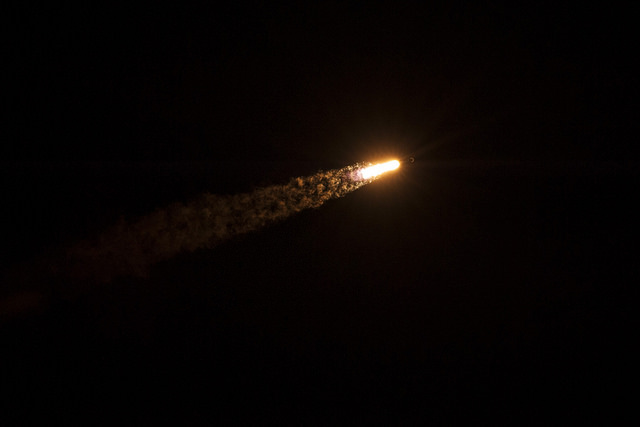
T+0:02:28: MECO
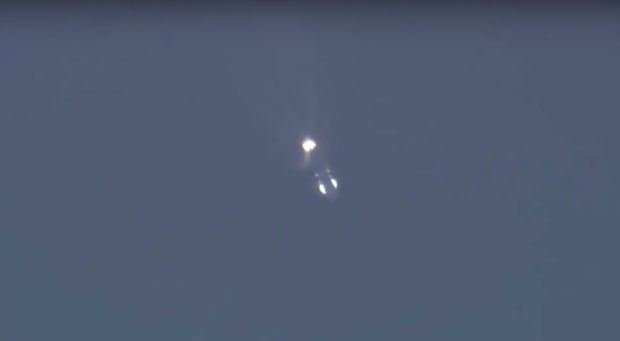
T+0:02:36: Stage 1 Separation
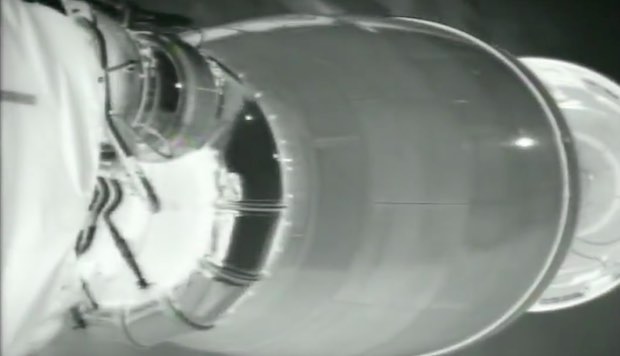
T+0:02:40: First Ignition of Second Stage
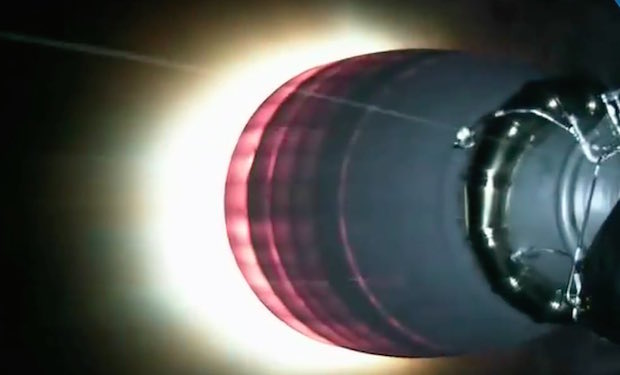
T+0:02:50: Fairing Jettison
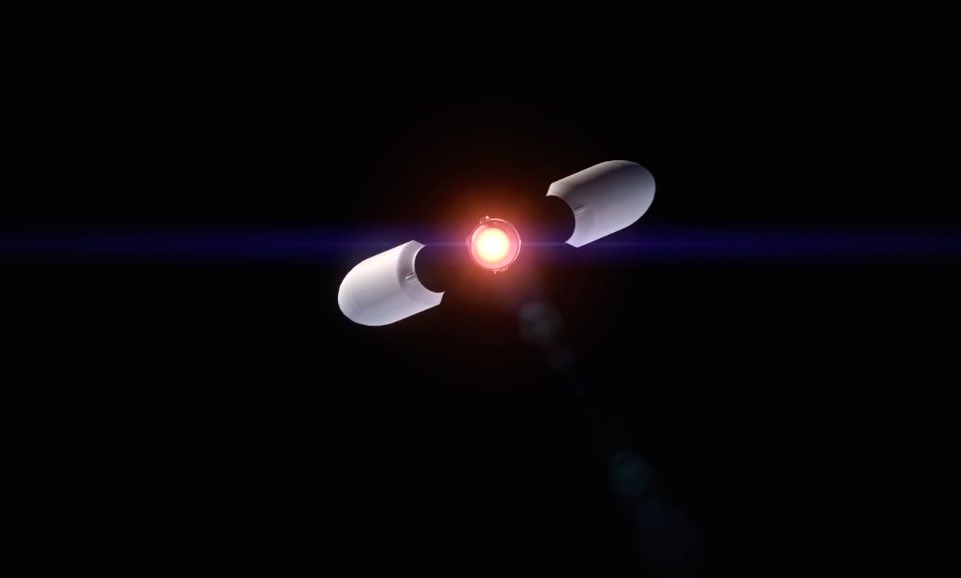
T+0:07:47: Stage 1 Entry Burn Begins
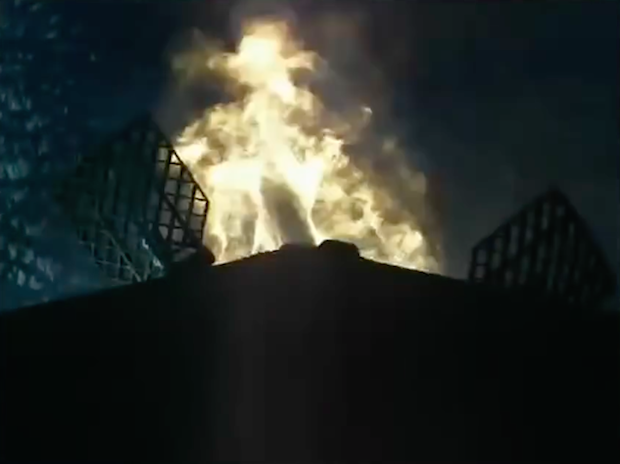
T+0:08:35: SECO 1
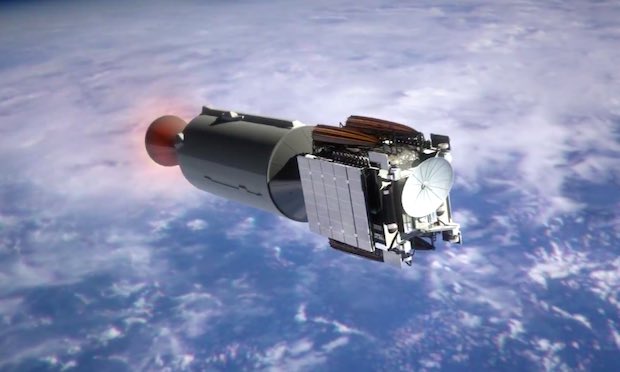
T+0:09:42: Stage 1 Landing
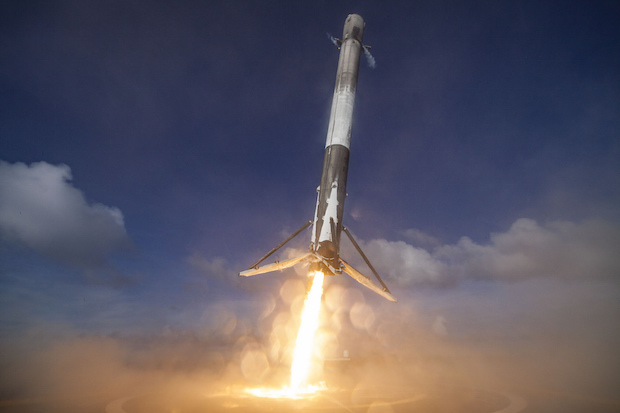
T+0:54:35: Second Ignition of Second Stage
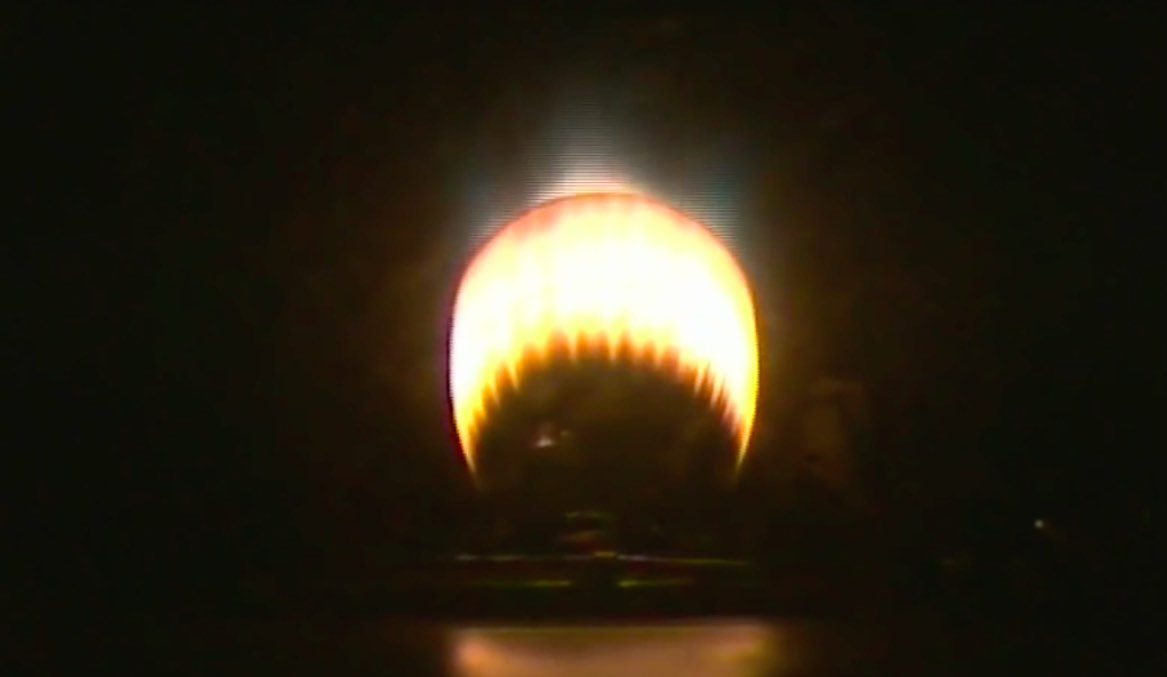
T+0:54:37: SECO 2
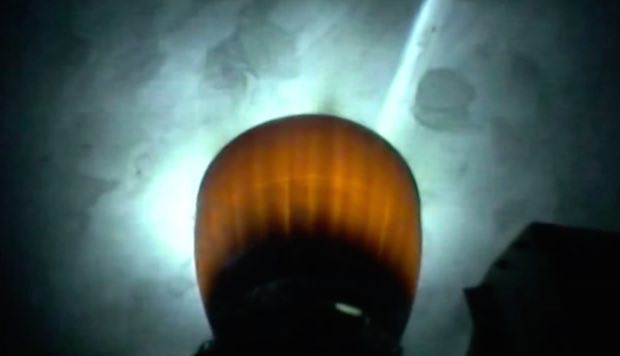
T+0:58:59: Payload Separation Sequence Begins
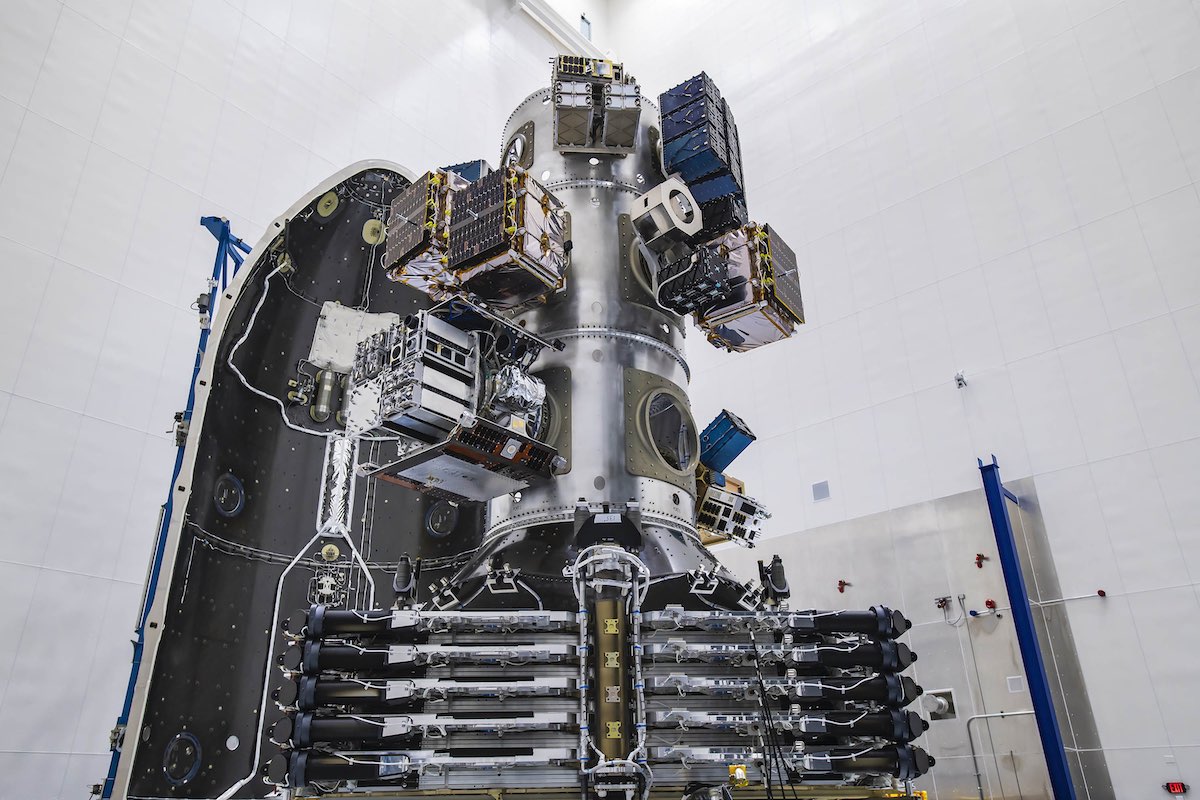
T+1:31:10: Payload Separation Sequence Ends
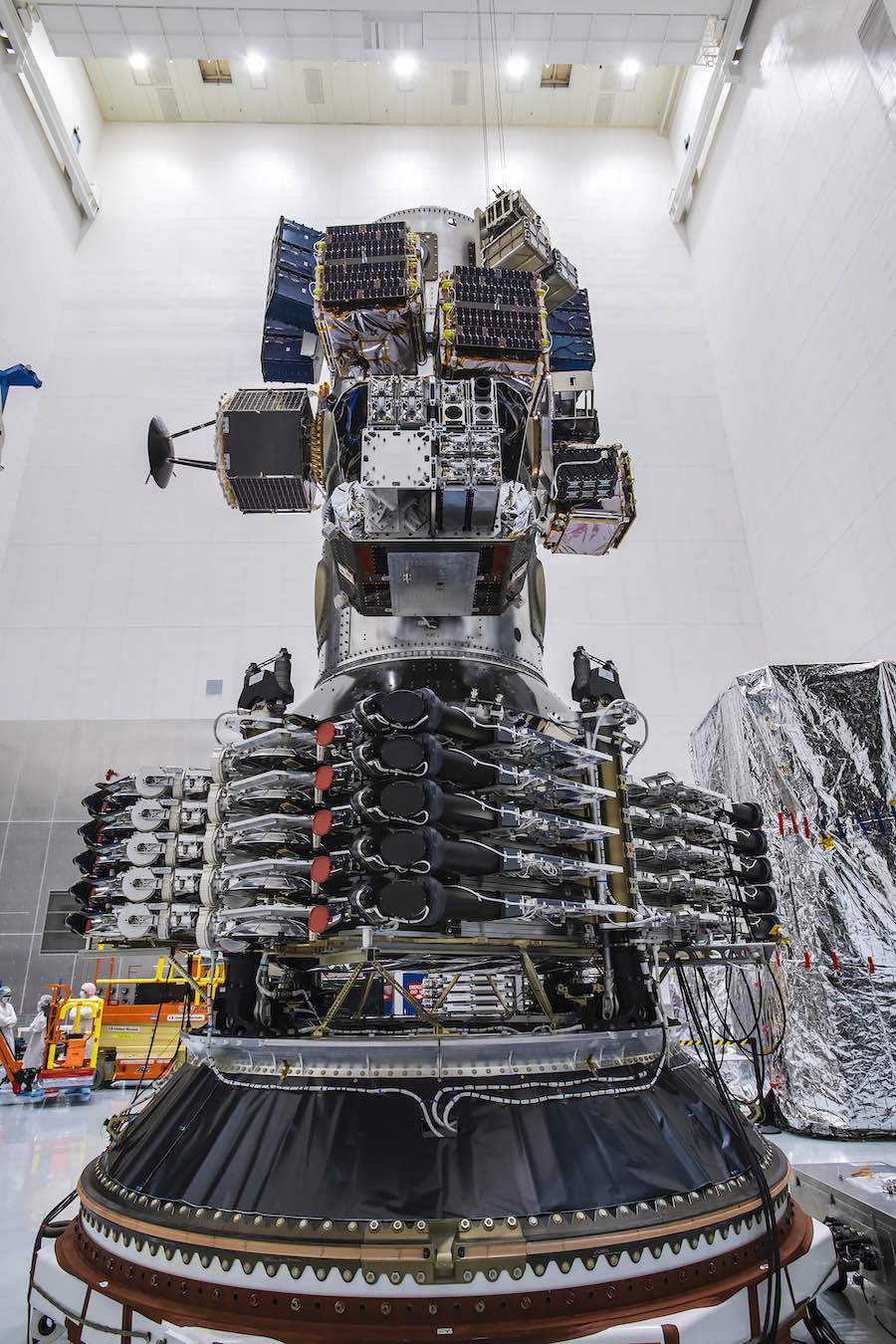
Here is a more detailed breakdown of the Transporter-1 payload separation sequence:
- T+58:59: 36 Planet SuperDoves begin deployment
- T+59:00: 17 spacecraft aboard Kepler’s port begin deployment
- T+59:09: NASA’s V-R3x mission, 3 CubeSats aboard Maverick’s Mercury dispenser, begin deployment
- T+1:08:19: Nanoracks’ Eyries-1 mission’s 9 payloads begin deployment
- T+1:08:44: EXOport-2, with 28 spacecraft aboard, begins deployment
- T+1:13:58: Capella-3 deploys
- T+1:14:10: EXOport-1, with two ICEYE satellites aboard, begins deployment
- T+1:14:23: Spaceflight Inc. customer iQPS’s second SAR satellite, iQPs-2, deploys
- T+1:15:38: Capella-4 deploys
- T+1:16:10: Spaceflight Inc’s Sherpa-FX1 spacecraft deploys with 13 spacecraft on board
- T+1:16:28: D-Orbit’s Pulse mission deploys with 20 spacecraft on board
- T+1:31:10: 10 Starlink satellites deploy
Email the author.
Follow Stephen Clark on Twitter: @StephenClark1.

